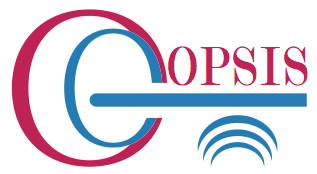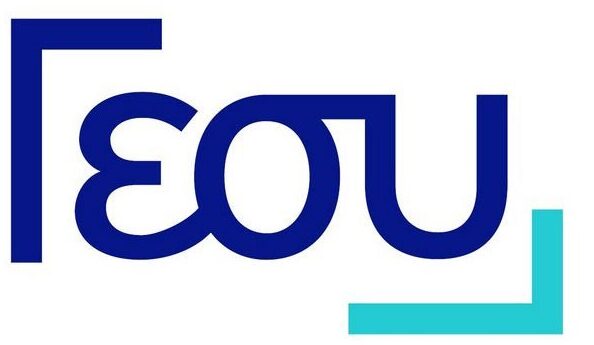
At OPSIS Diagnostic Center, a wide range of diagnostic paediatric examinations is offered, which help in the diagnosis of various pathological conditions in newborns, infants, and children, which are always performed after consultation with the clinician.
The equipment includes modern and brand-new machines of the latest technology.
Follow all modern and imaging guidelines for pediatric patients. Our main concern is the reliable diagnosis with the minimal biological and psychological burden of the small examinee.
Ultrasounds
Tests that image parts of the child’s body, without burdening it at all biologically. It is the most widely used imaging method for pediatric patients.
Brain ultrasound
It is performed on newborns with a history of prematurity and for rough brain control in infants with increased head circumference. Can be performed until the anterior fontanelle is closed (area of the skull higher than the forehead that is softer to the touch)
Ultrasound of newborn hips
Excellent method for controlling hip dysplasia. It can be performed only before the ossification of the hip joint (around 6 months).
Abdominal ultrasound
The solid organs of the abdomen are examined and the abdominal pain in children is investigated. Abdominal ultrasound in children reveals the pathological appendicitis in a fairly large percentage in the hands of an experienced examiner.
Urinary tract ultrasound
It is performed in urinary tract infections, lateral abdominal pain, hematuria and after birth in a prenatal diagnosis of urinary tract diseases (e.g. hydronephrosis)
Joint ultrasound
Promotion of intra-articular collections and investigation of the joint follicle in arthritis.
Cervical ultrasound
It is done in cases of cervical swelling (focal or diffuse) or for further investigation of a palpable finding.
Ultrasound of the thyroid gland
In abnormal blood test, swelling or pain in the thyroid gland.
Uterus and ovarian ultrasound
Usually to control growth in early or late puberty in girls.
Ultrasound of the scrotum
Frequent examination in boys both in cases of cryptorchidism or ascending testicles, as well as on an urgent basis to investigate the painful hemisphere or after injury
Soft tissue ultrasound
For the quick and painless investigation of localized swellings, lipomas, hemangiomas or vascular malformationsuss skin pores and cysts. Also, the imaging of muscles after sports injuries and the imaging of the large joints of the body.
Chest wall ultrasound
For imaging pleural effusion or peripheral pneumonia
Triplex of vessels
Examination of the splenic axis, renal arteries, arteries, and veins of the upper and lower extremities.
Digital x-rays
They are tests that use small doses of radiation, adapted each time to the “size” of each child and based on international paediatric imaging protocols, to visualize body structures, such as the lungs and bones. They are also used in cases where it is necessary to check the intestine or to investigate the location of a foreign body, which is not infrequently swallowed by young children. Also, for the control of the urinary system, intravenous excretory urography can be performed.
To check the development of children, an x-ray of the hand is performed, to check the bone age.
Ionizing radiographs follow low-dose protocols aimed at children and are based on the International Radiation Protection Guidelines for Pediatric Patients (ALARA, Image Gently).
Follow all modern and imaging guidelines for pediatric patients. Our main concern is the reliable diagnosis with the minimal biological and psychological burden of the small examinee.

